|
Thanksgiving is over – it was wonderful for us – and time to move on to the next big meal at Christmas! I think that this time of year is measured as time between meals or maybe, as pounds gained? Whatever, the food just seems to taste better during the 37 or so days between Thanksgiving and New Year’s. While it appears that everywhere from Colorado to Idaho to California experienced a freezing, snowy Thanksgiving, those of us in sunny Oklahoma felt some nippy temps but still had trees with painted leaves as a background, through the window, to our massive dinner spread.  We enjoyed a houseful of guests, four of whom sported guitars, and so a lovely day was spent eating and then listening to the soulful strains of Hank William’s “So Lonesome I Could Cry”, the harmony of gospel songs and the catchy beat of the eldest son’s original creations. Having two professional musicians in the family, along with a whole slew of amateurs makes for a toe tapping, knee slapping concert whenever we all get together. Our dinner consisted of the usual turkey, oiled up and totally covered with smoked paprika, baked in a separate roaster for a much more tender, juicy bird. Cornbread dressing, mashed potatoes and gravy, candied sweet potatoes, sweet potato casserole, green beans, corn on the cob, 7 layer salad and my pasta salad (recipe follows) accompanied the bird of the hour. Just for the heck of it, I decided to see what everybody had to say about the sauerkraut and so I sliced up smoked sausage and baked that on a bed of the kraut. If I may brag, everyone went nuts over it and several ended up carrying home a jar! Yay. I suppose I’ll have to find cabbage at 10 lbs for $1 again and get busy. 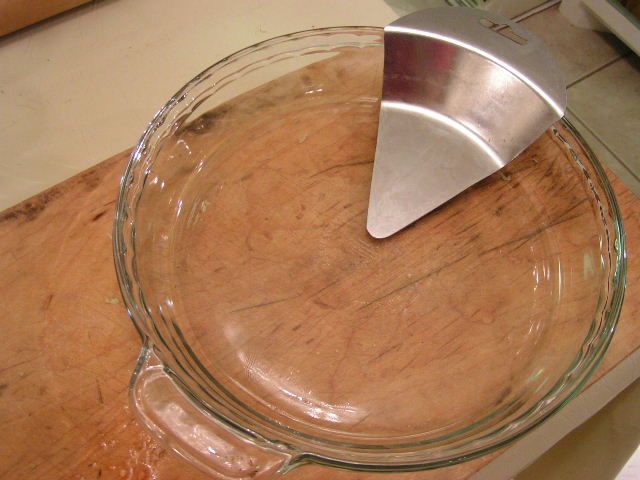 I have to admit to a huge, red-faced mistake, however, before I give you my recipe for a pasta salad. My favorite pie in the whole world is pecan pie. I am a terrible American because I can’t stand pumpkin pie. However, because I love my family I do make a pumpkin pie each year and I generously let them have every single bite! For the pie cook, one of the kitchen utensils that we carry at the Oklahoma Pastry Cloth™ store is the First Slice Out Pie Spatula and it is the handiest little thing. It is placed into the pie plate and then the pie shell is placed on top of it. Once the pie is filled and covered, it is baked and the first slice out is easily achieved by cutting around the spatula and just lifting it up. 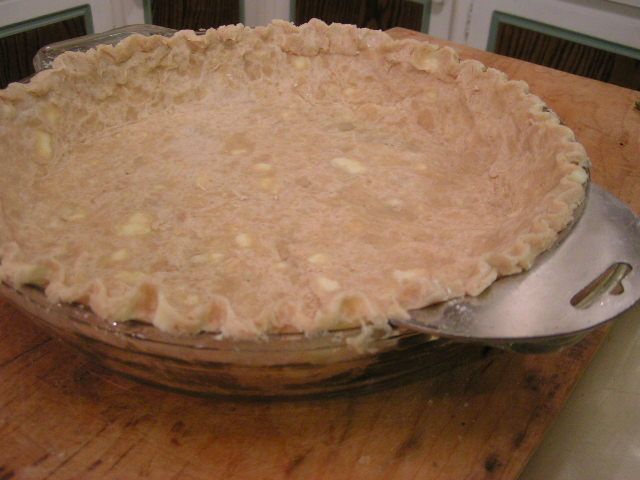 Sounds brilliant, right? Well, it is – that is unless a runny, sticky, custard pie filling and large, glass pie plate are involved. It works like a charm for apple or cherry or such in a standard pie tin, but a pecan pie is a whole ‘nother kettle of fish. Well, not that pecans and fish have anything in common. Bad metaphor. Never mind. Anyway, it seems that when the sticky, gooey mess that is pecan pie filling is poured into the shell, if there is ANY kind of crack in the crust, some of it WILL seep under the pie shell at the edge where the spatula and crust meet. The baked result is a pie spatula that is adhered to the pie pan with the strength of Super Glue. I sheepishly pried under the spatula with a knife to no avail to get that first slice out and everyone gathered around to watch me battle with my genius utensil, each giving their own suggestions based on obviously more engineering know-how than I possessed. Finally, my dear son-in-law who is so smart, took the knife from my feverish fingers and gently rocked the spatula back and forth until, with a great sucking sound, it lifted off of the surface of the pie pan, bringing strings of oozing mess with it. He popped the mess into his mouth and announced that it tasted like taffy candy. Lovely. My pie was a dug-out disaster, but it tasted like taffy! It may have been the ugliest pie at the buffet, but it DID taste good. So word of warning: The pie spatuala works best in a standard pie pan and make sure that your crust is thick and perfect if you are going to use a custard filling! 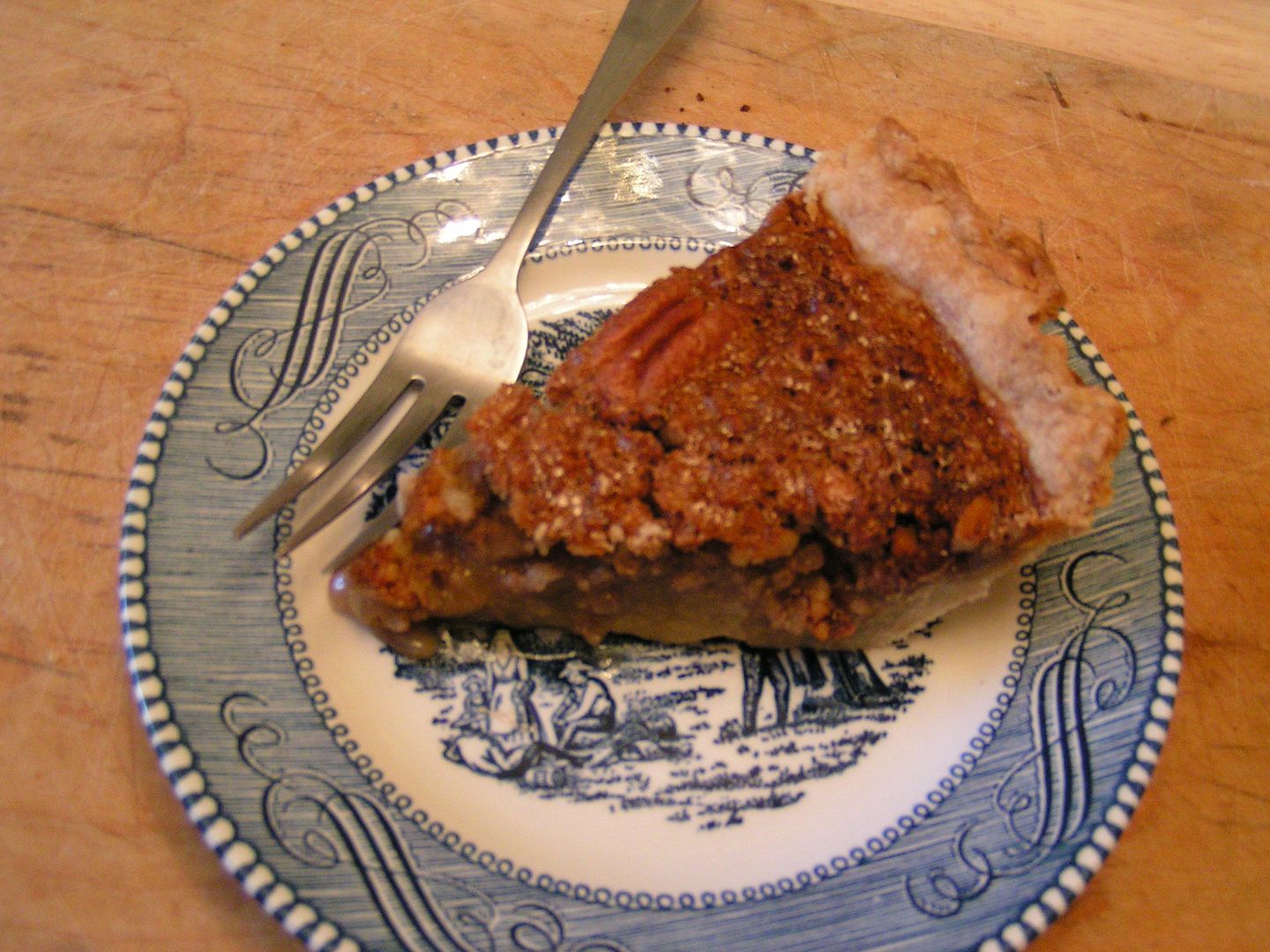 Our Thanksgiving Day was just that – a day of thanks. However, for us here at the Oklahoma Pastry Cloth™ homestead, every single day is a day of thanks for all that God has provided and for the strength and wisdom He offers. There is good in every situtation, no matter how bad it may look to us. Growth can always be had if one will focus on what God is teaching rather than what the circumstances seem on the surface. We pray that, for you all, this time is one of love, joy and personal growth. 1 1/2 cups uncooked pasta 2 tsp olive oil 3 stalks celery 1/2 cup sliced carrots 1 small head broccoli cut up 1/2 med. onion chopped 1/2 cup black olives, chopped or sliced 1/4 cup green olives, chopped or sliced 1/2 c. mayonnaise (light or fat free is fine) 2 tbsp + 1 tsp sugar 3 tbsp vinegar 1/4 cup any type Italian salad dressing 1/4 cup parmesan cheese 1/2 tsp oregano 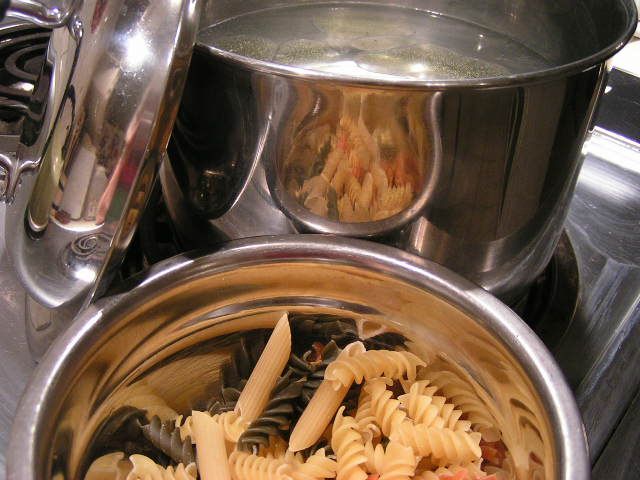 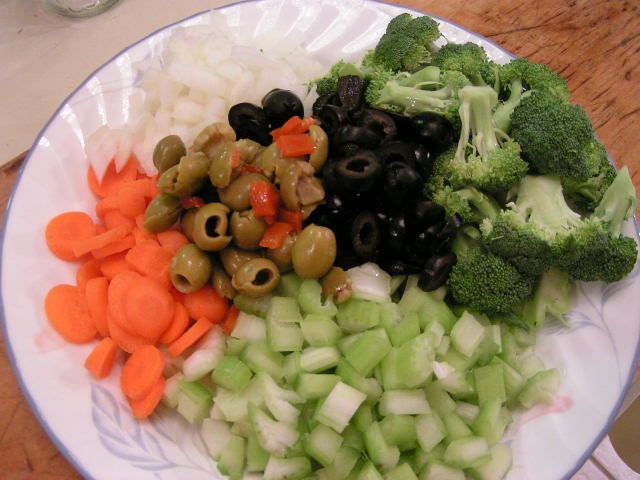 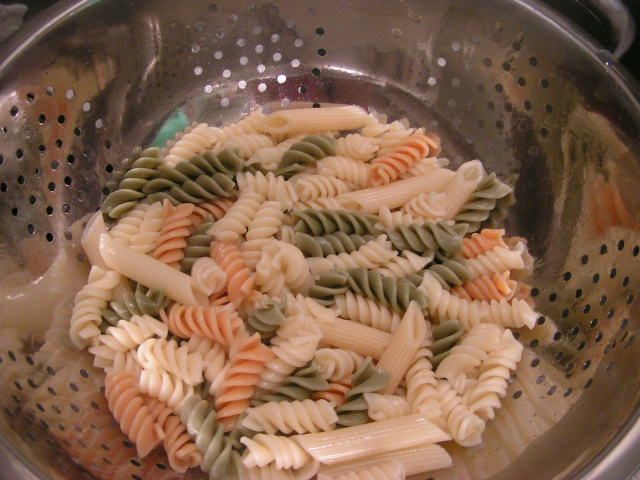 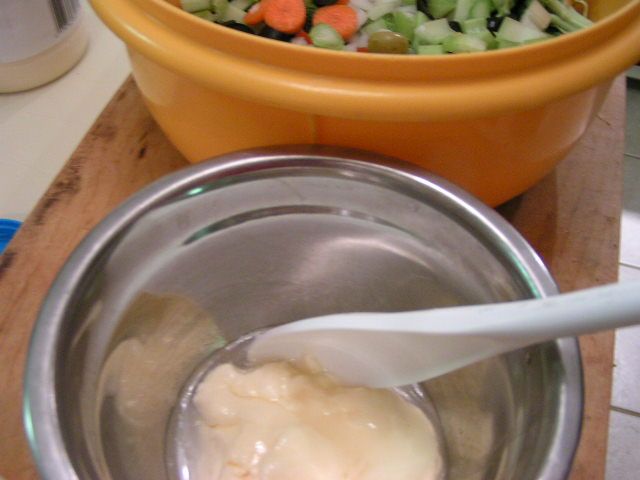 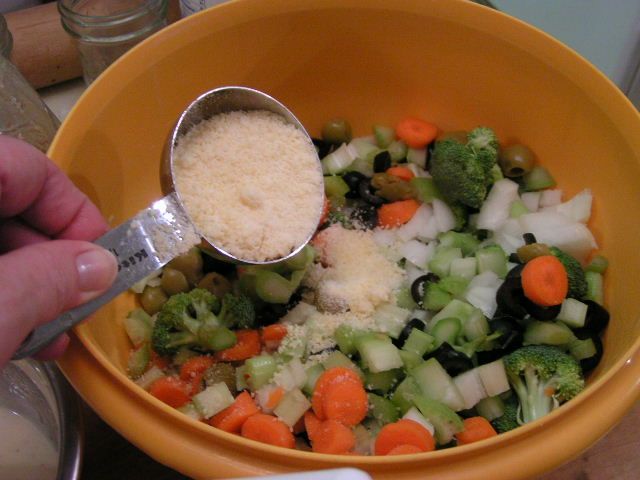 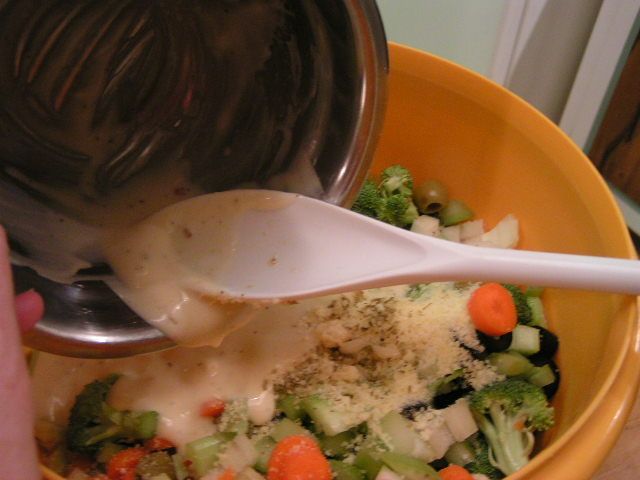 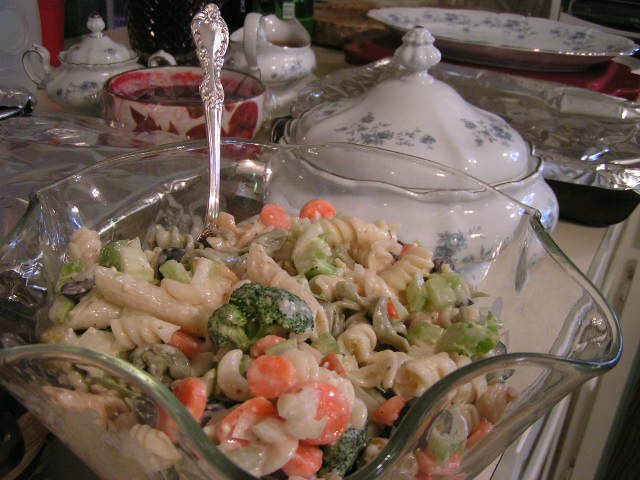 |
|
Oklahoma Pastry Cloth™ Company on Facebook
|

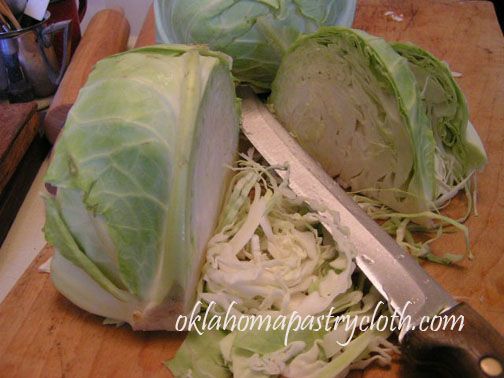
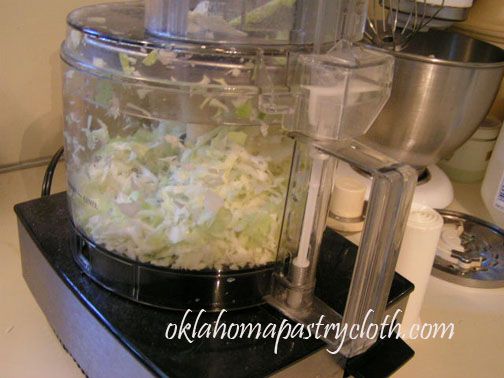
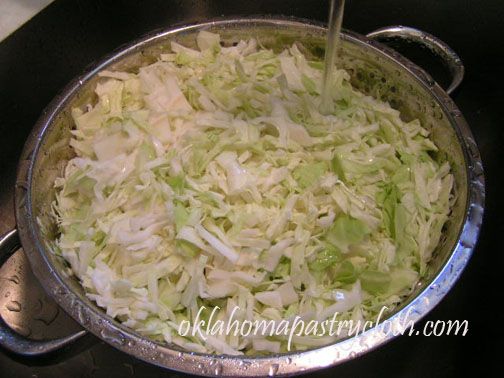
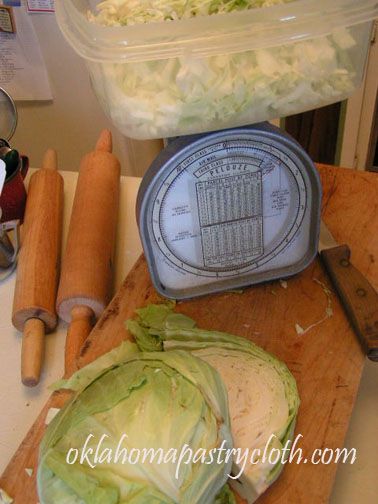
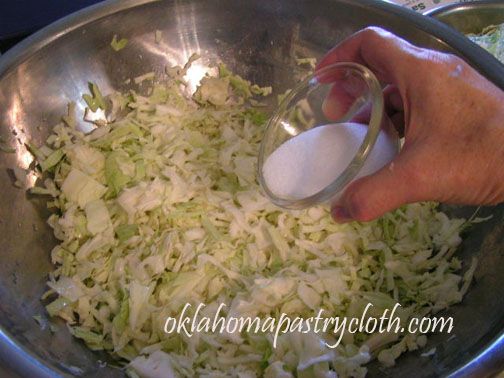
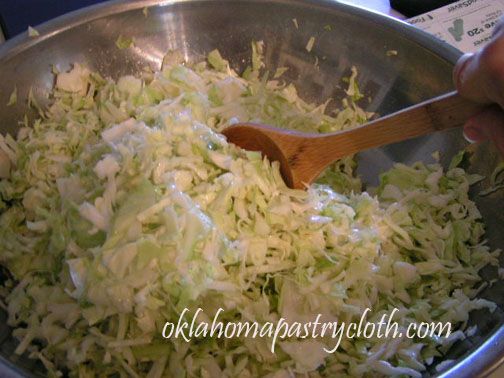
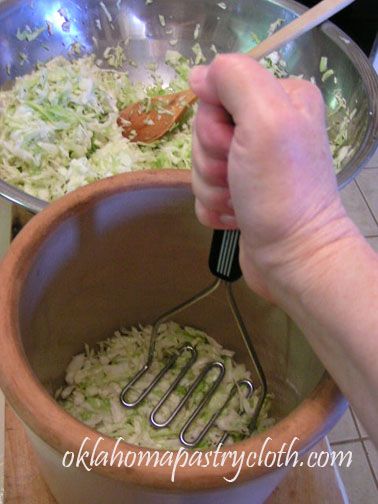

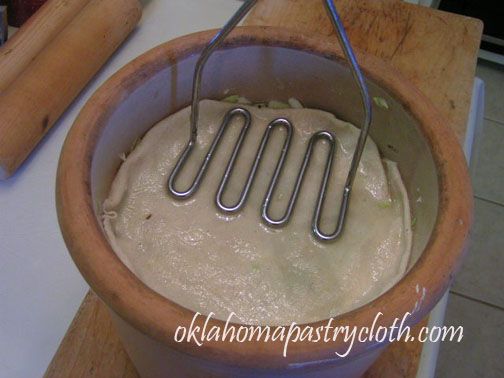
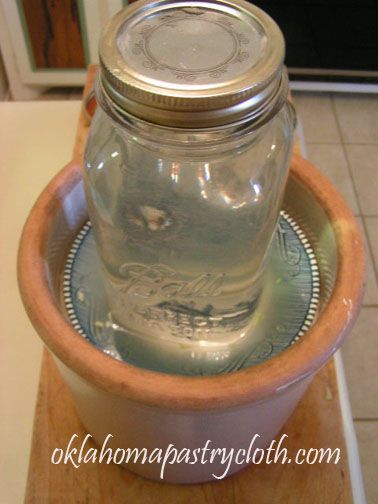
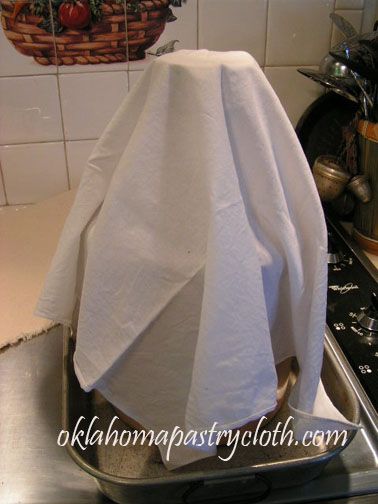
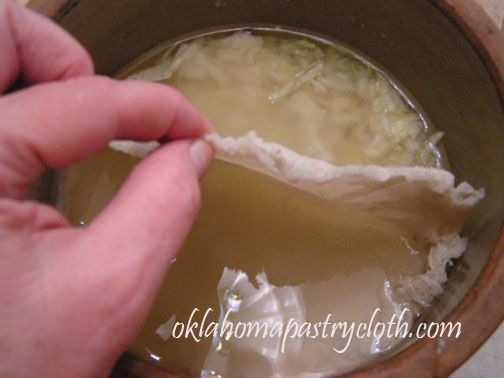
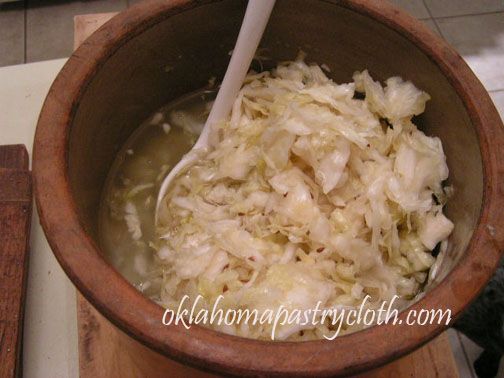
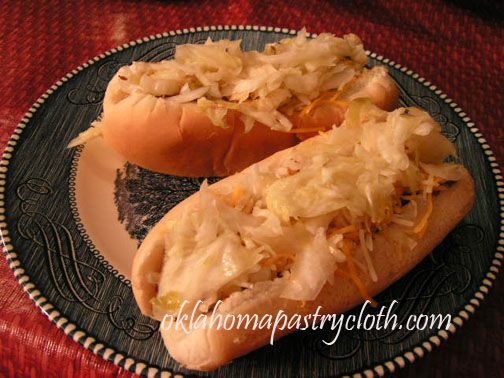
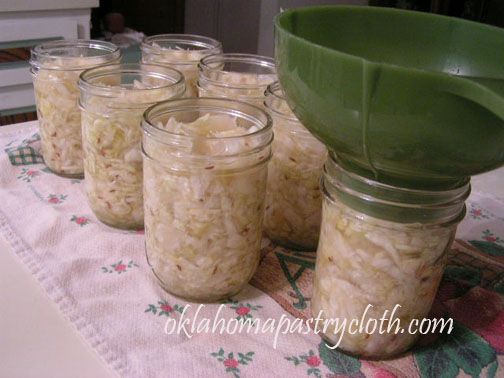
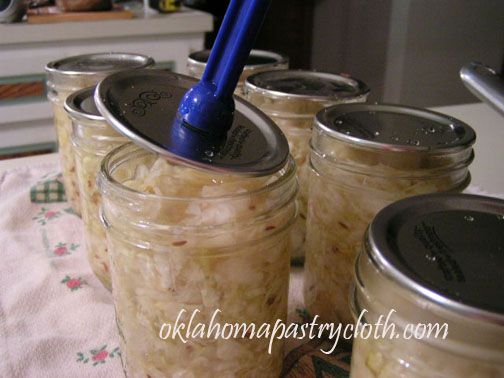
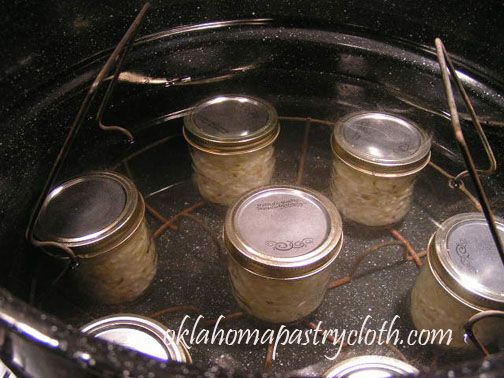

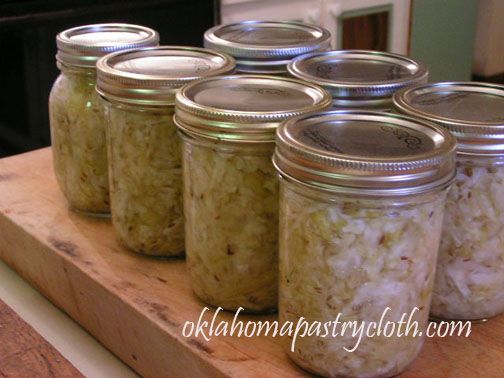
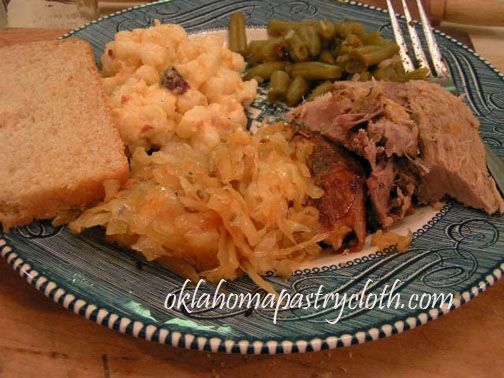

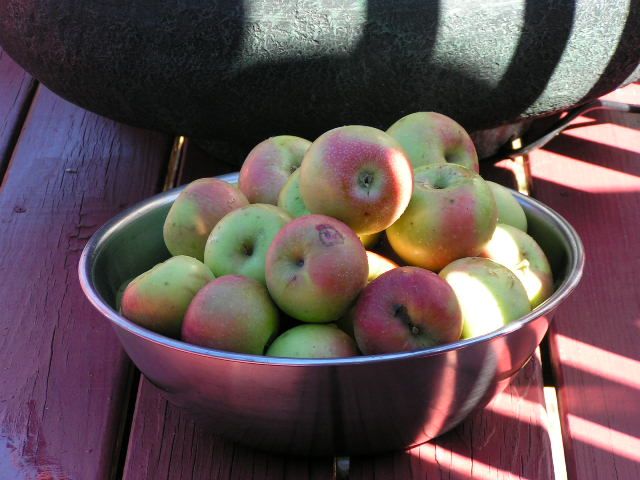
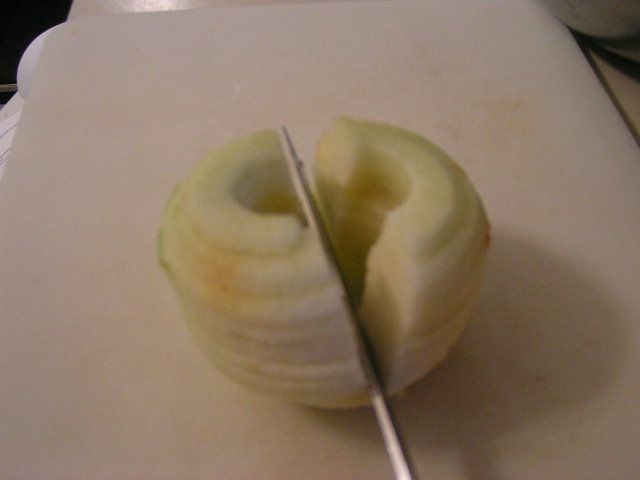
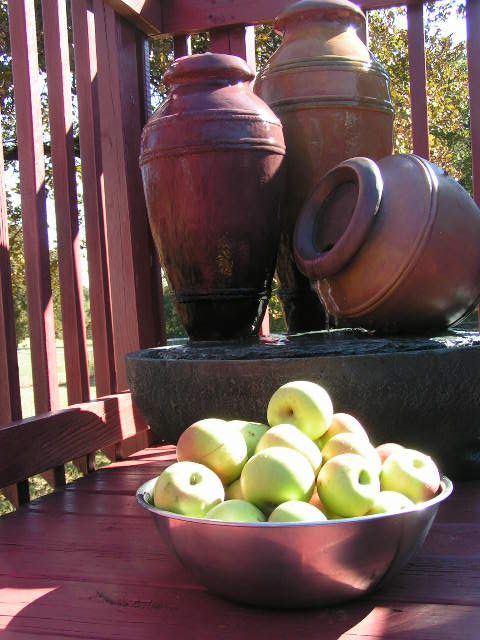


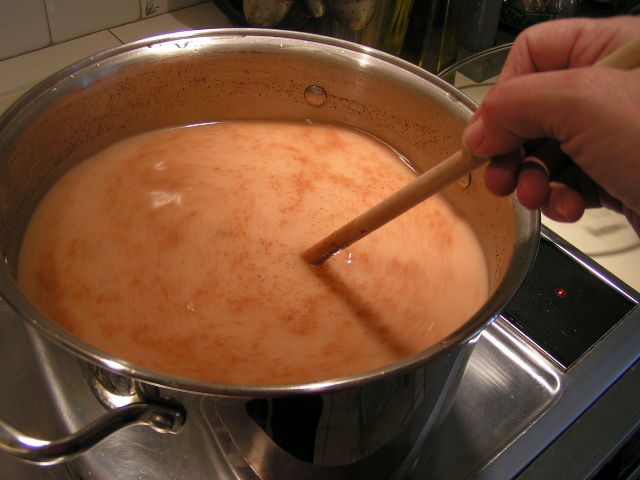
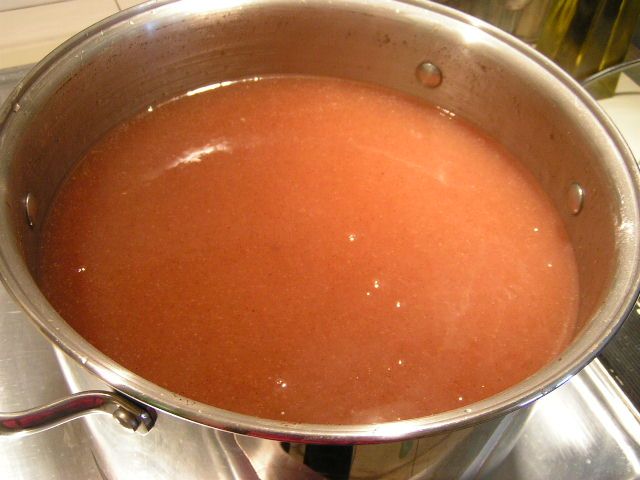
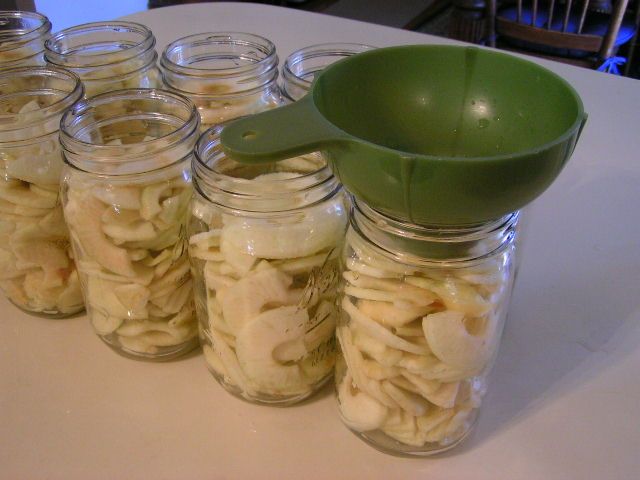
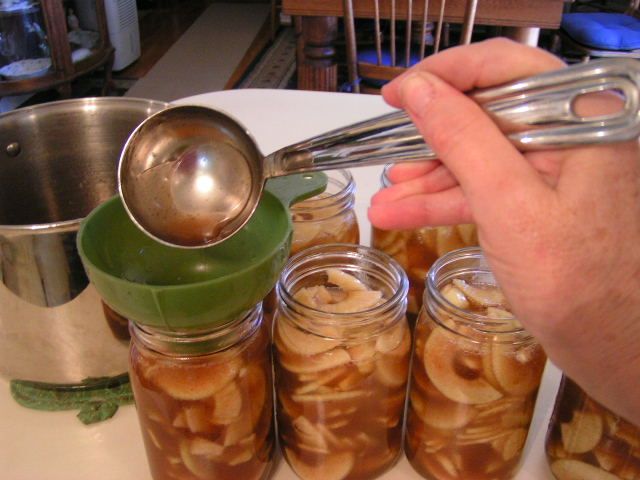
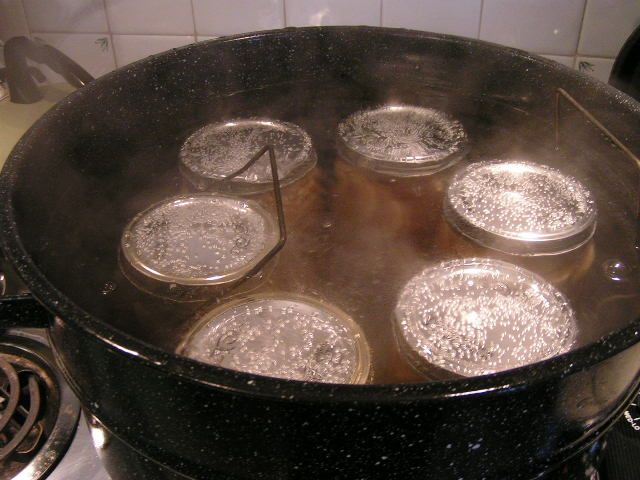
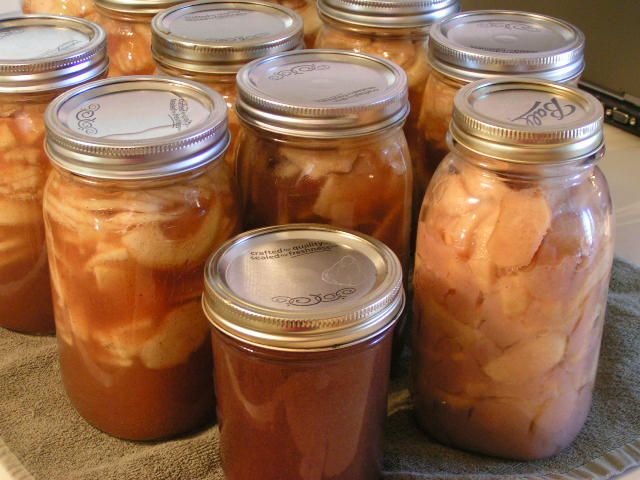
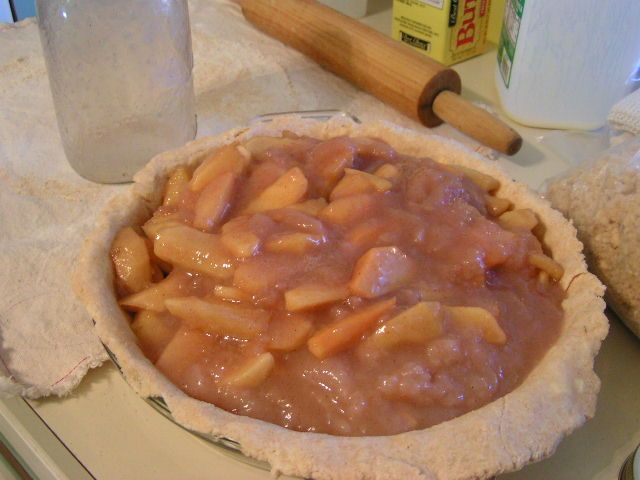

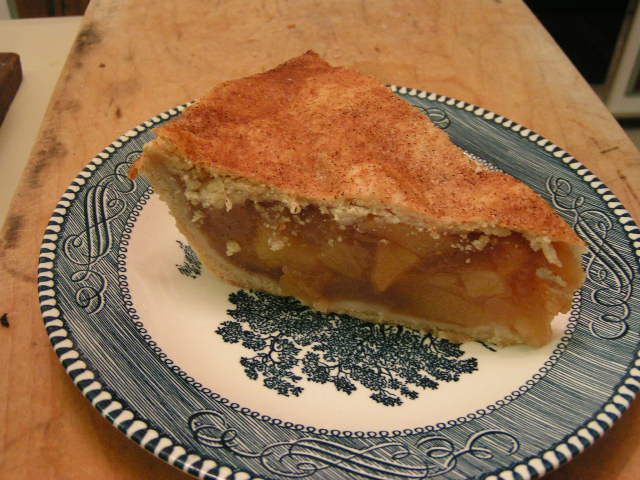
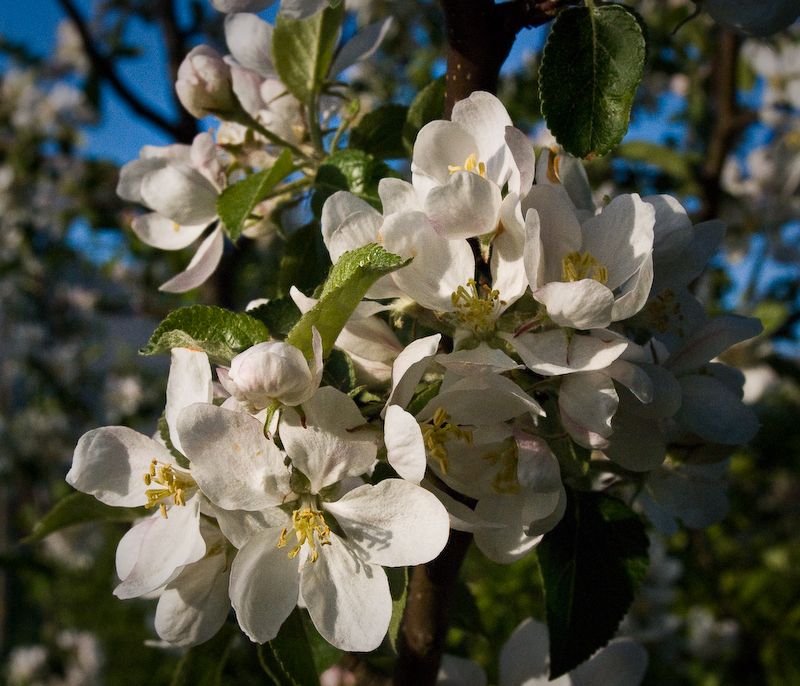
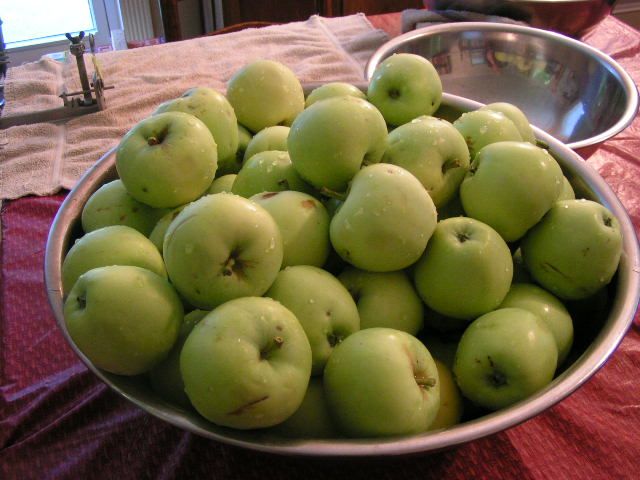

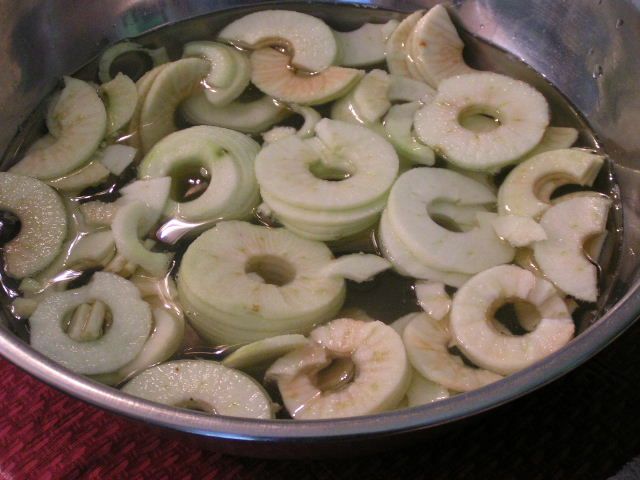
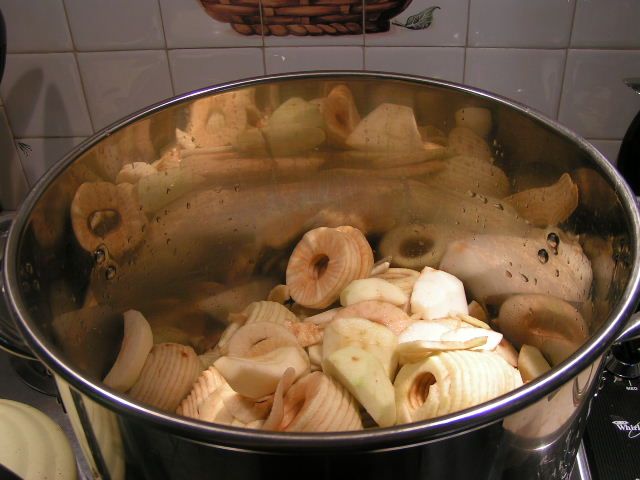
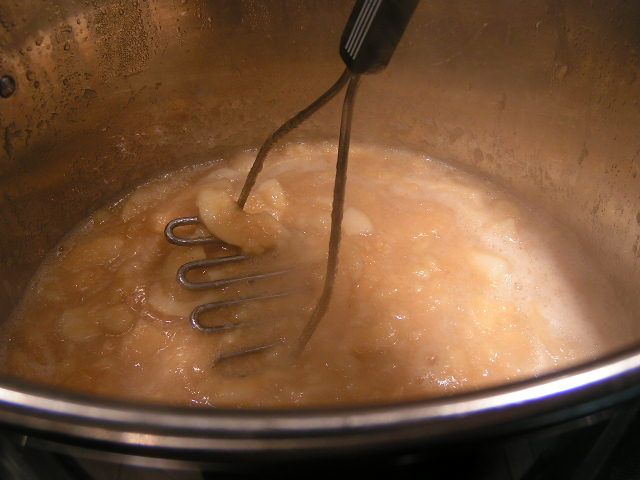
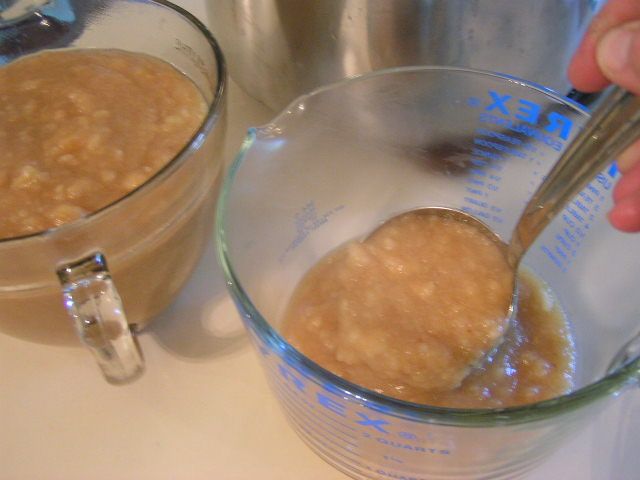

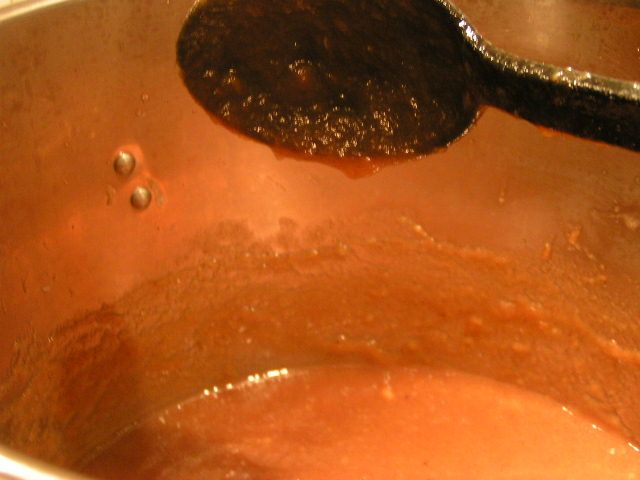
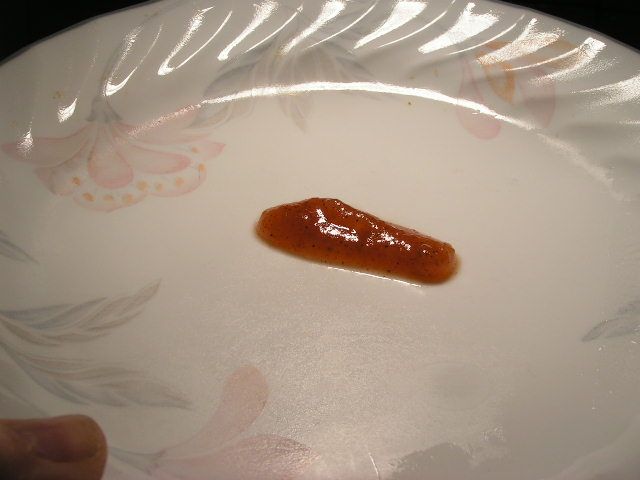
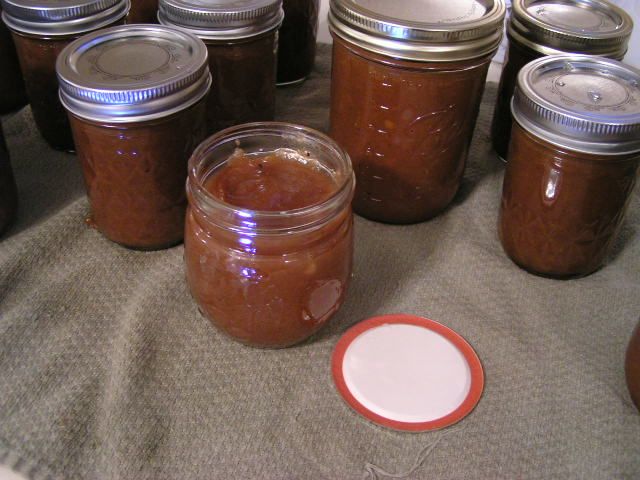
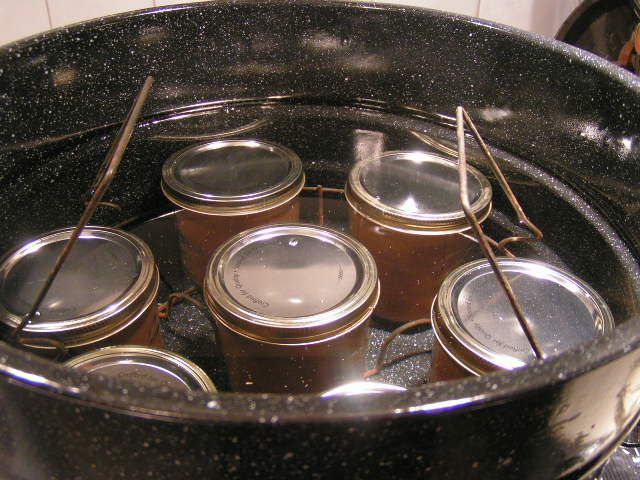
 Homestead Revival
Homestead Revival Paratus Familia
Paratus Familia Rural Revolution
Rural Revolution